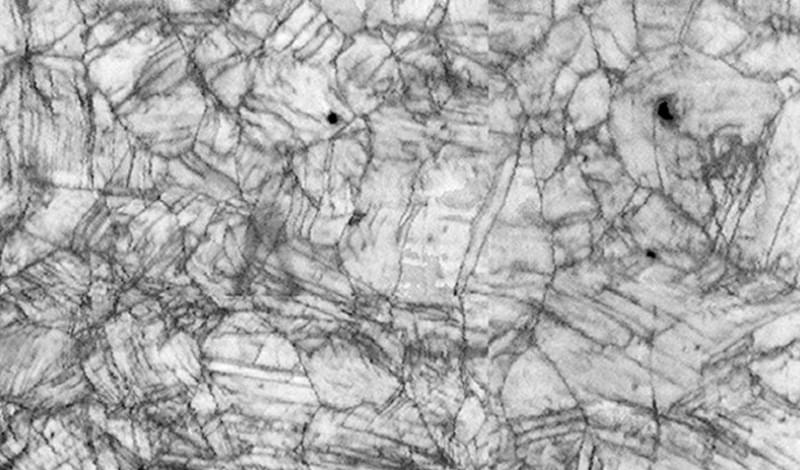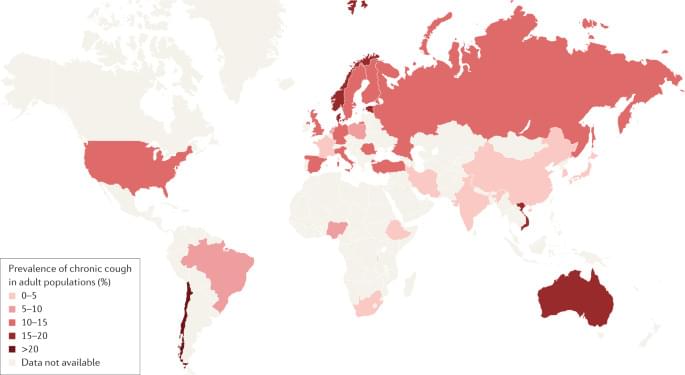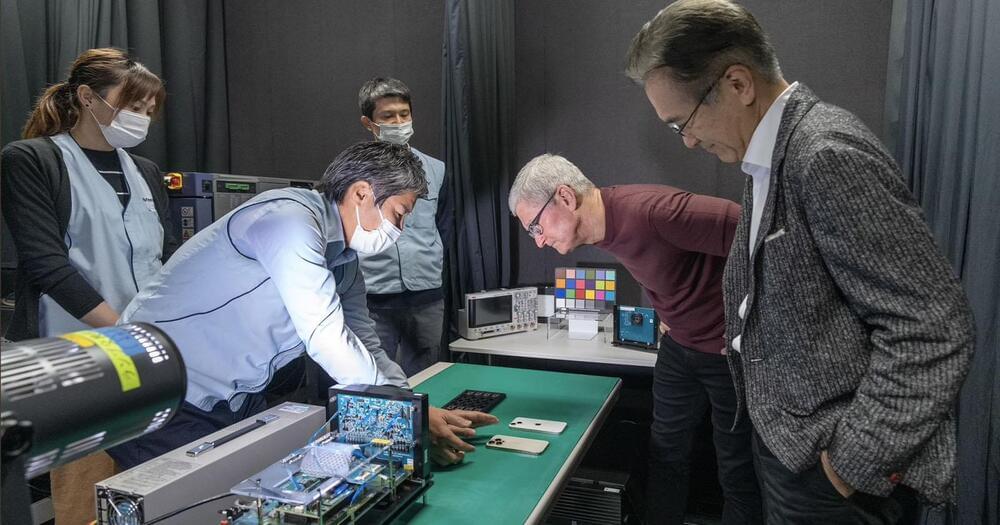Dec 17, 2022
Unexpected Findings in “Little” Big Bang Experiment Leaves Physicists Baffled
Posted by Paul Battista in categories: cosmology, particle physics
A temperature not seen since the first microsecond of the birth of the universe has been recreated by scientists, and they discovered that the event did not unfold quite the way they expected. The interaction of energy, matter, and the strong nuclear force in the ultra-hot experiments conducted at the Relativistic Heavy Ion Collider (RHIC) was thought to be well understood. However, a detailed investigation has revealed that physicists are missing something in their model of how the universe works. A recent paper detailing the findings appears in the journal Physical Review Letters.
“It’s the things you weren’t expecting that are really trying to tell you something in science,” says Steven Manly, associate professor of physics and astronomy at the University of Rochester and co-author of the paper. “The basic nature of the interactions within the hot, dense medium, or at least the manifestation of it, changes depending on the angle at which it’s viewed. We don’t know why. We’ve been handed some new pieces to the puzzle and we’re just trying to figure out how this new picture fits together.”
“They said, ‘This can’t be. You’re violating boost invariance.’ But we’ve gone over our results for more than a year, and it checks out.” —


















